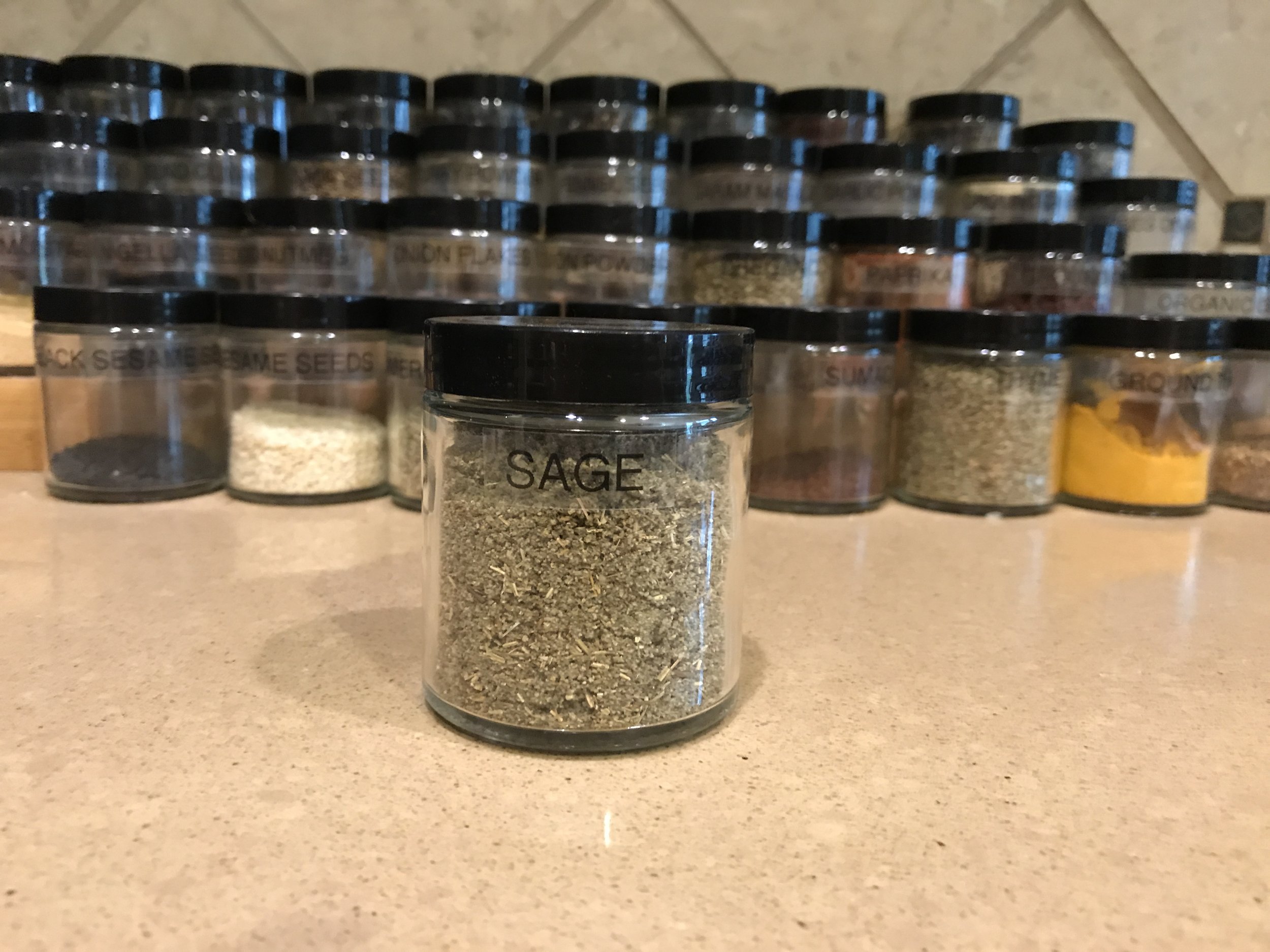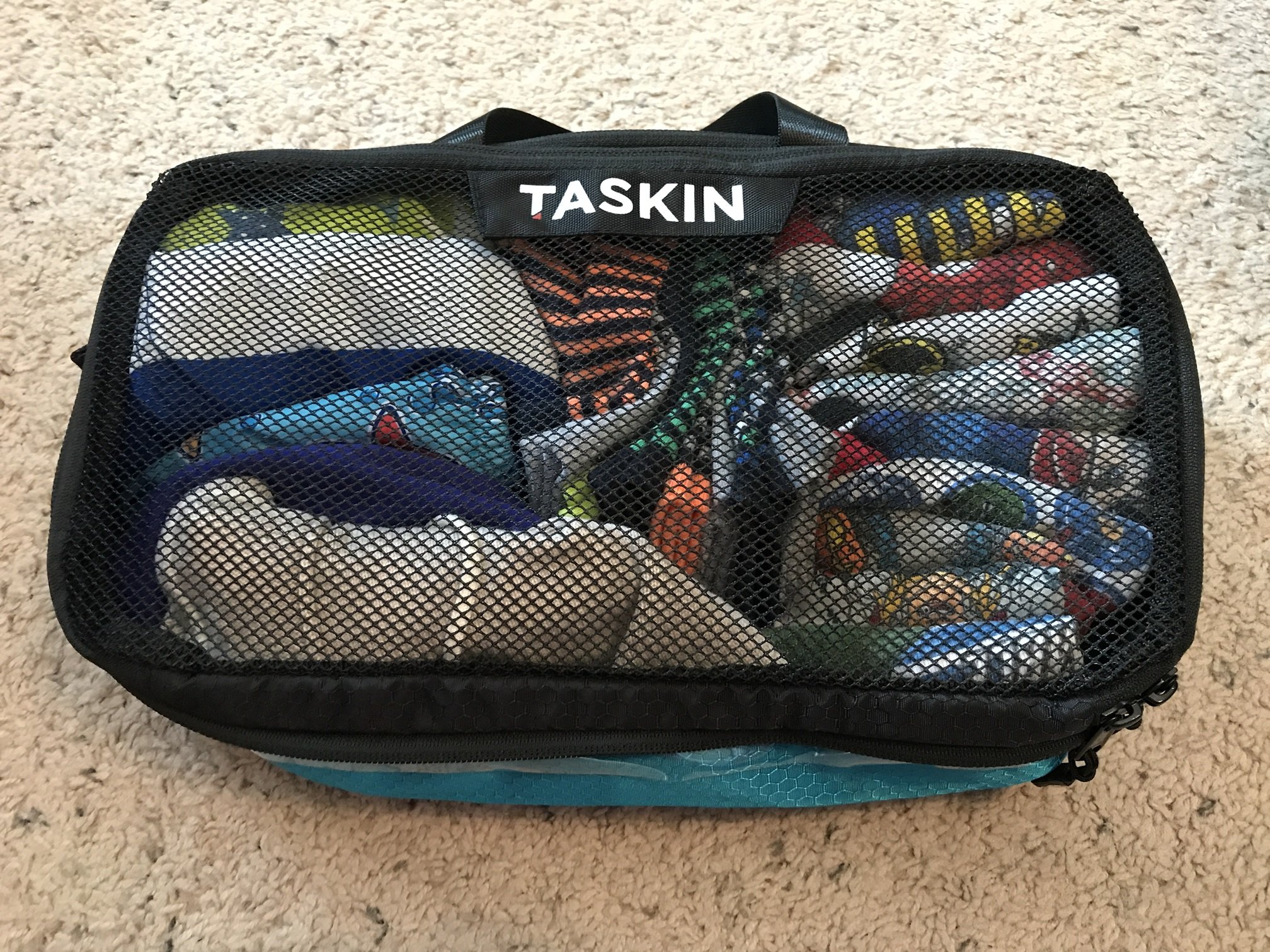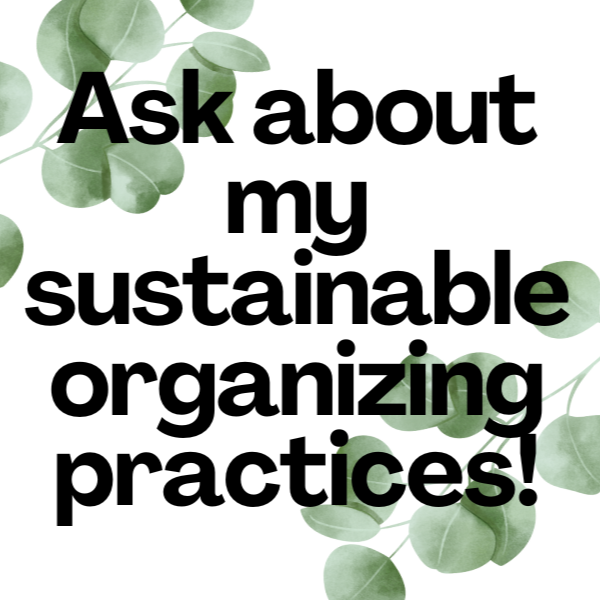Care tasks are neutral
/I recently listened to a really great episode of the podcast Ten Percent Happier, titled Messiness Is Not a Moral Failing, with therapist KC Davis (of Struggle Care) as a guest. I’d like to give you some takeaways from the episode as well as my opinion on it.
First, let’s define an important term: “care tasks.” Care tasks are things that we need to do to maintain our home/ourselves, but they are never finished in that they are cyclical. For example, I could wash all the dishes and be done with that task (until the next meal, that is), but while I did that, the kids made a mess with their toys. If I pick it up, there will still be the bathroom to clean and the laundry to do, and while I was taking care of that, the dust was settling in the bedroom and the grass was getting long outside… You see where I’m going with this? There’s always something to be done, and that’s alright – we have to learn to live with that.
So, care tasks should be neutral. What I mean by that, what this whole episode was about, is that we often feel guilty or ashamed for not doing enough of those tasks, or we force ourselves to do them a certain way to live up to imaginary standards. Not doing the dishes doesn’t make one a bad person, just like doing all of them doesn’t make one more virtuous. If this is a pain point for you, ask yourself why you want the dishes done in the first place. Strictly speaking, what you *need* are enough clean dishes to eat and prepare meals; that’s the basic health and safety issue. Perhaps the sight of dirty dishes also bothers you, and you would be more comfortable without them in the way. Some people are happier cleaning as they go, so that they never have dirty dishes pile up; other people will be stressed out by that and will be happier setting aside a chunk of time to tackle everything (or at least the essentials) at the end of the day. The trick is to stop passing judgement on ourselves for having dirty dishes in the first place, and to learn to be at peace with whatever system we choose for cleaning dishes. If it’s the sight of dirty dishes in the sink that bothers you, but you can’t clean as you go for whatever reason, then we can come up with other solutions, like storing dirty dishes in the dishwasher, or even rinsing dishes and storing them in a drying rack until they can be washed properly, thus freeing up your sink in the meantime. The point is to reassess your priorities and put your energy where it will have the most impact.
As another example, so many people feel ashamed of their clothes chair, but I think you should embrace it if it’s functional! Remember that you don’t exist to serve your space, but your space exists to serve you. So we need to create systems that are functional for *you*, even if that’s not the way you were taught that things *should* be. I have a client who stores her young daughter’s clothes in the closet of the main bedroom, because that’s just where her daughter gets dressed anyway and that’s what works for them. I have a friend who doesn't fold any clothes for her family of 6 because she absolutely hates folding, and everyone still has clean clothes to wear every day (taken from a bin or a hanger). Sometimes there can also be a problem to solve, like if your dirty clothes always end up on the floor of the bathroom instead of in the hamper in the bedroom. Then I’d say to simply put the hamper in the bathroom (and even consider a lidless hamper, because for some people, removing that little obstacle can make all the difference).
Any change that we want to bring to our life should come from a place of caring for ourselves and should bring joy to our life. Take the pressure off and know that you are worthy of resting! For me, cooking is like that – I don’t necessarily enjoy the act of cooking, but I do like eating well, so cooking most of my own food improves my life in that way. My “hack” is that I always cook enough food to have leftovers for a second meal. So I put in about the same effort, but reap twice the rewards, and because I don’t mind leftovers, this works for me. I have redefined the goal to what serves me (i.e., having nourishing food instead of cooking from scratch every single night). Redefining the goal to something that is realistic and functional for *us* is key!
Another thing that struck me is that KC Davis doesn’t believe that laziness exists. Some people won’t do a particular task because they have ADHD, depression, or a physical illness; some are in a season of their life where they must care for small children or are grieving; others get overwhelmed by the thought of starting a task or simply have different priorities. In any case, we should feel self-compassion instead of shame, and aim for good enough instead of perfect. It’s also really important to do that work in order to figure out to what extent clutter bothers you – do the sight and chaos of it truly overwhelm you, or were you just worried about what others might think if they were to see it? I’m all about making things functional before making them look good, so if you can still find everything despite a little clutter, then don’t beat yourself up about it.
Some care tasks can be outsourced. Decluttering is a care task too. We all have to declutter periodically (yes, even me!), and us professional organizers are in a good position to be non-judgmental with our clients and their clutter. I tend to see it as problem-solving. Some clients want me to set up a system that they can maintain themselves, while others need me for periodic maintenance. It’s fine either way – I’m happy to help!
































